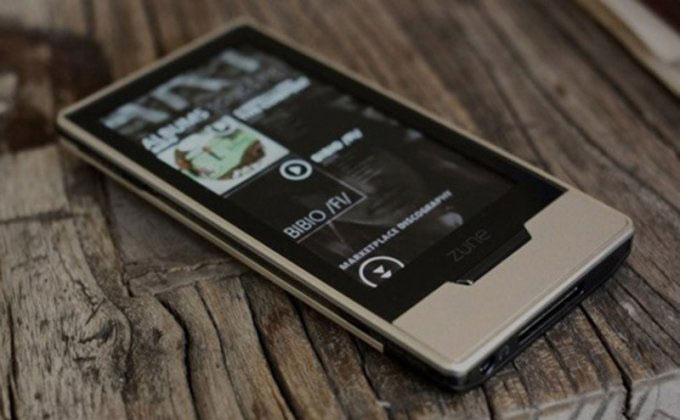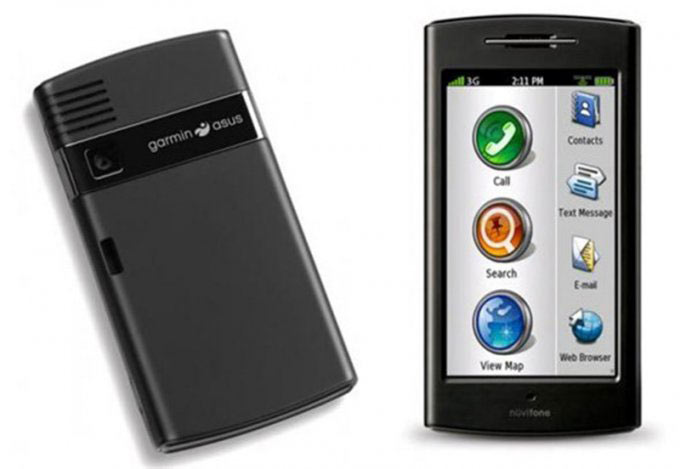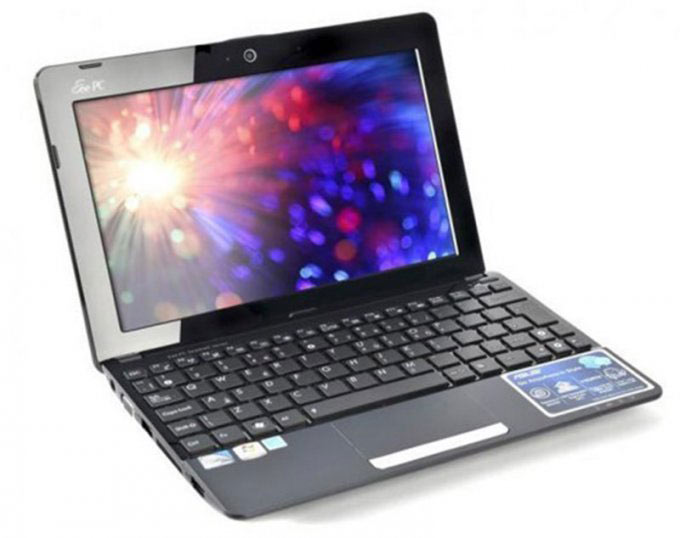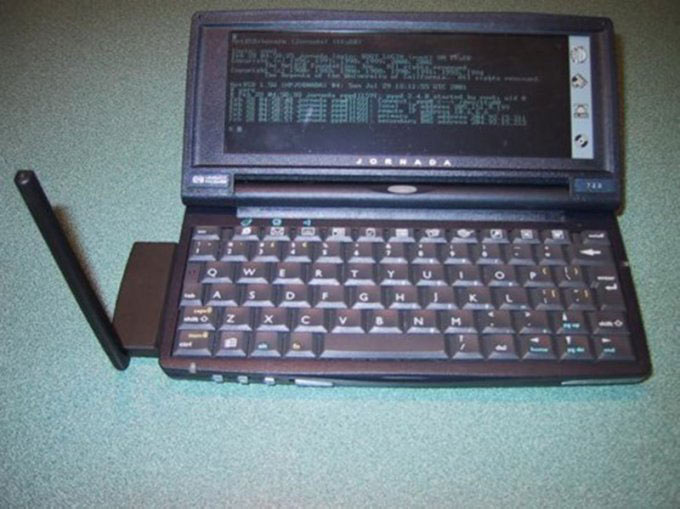Some gadgets, now gathering dust in the dustbin of history, once worked fine, but then they were replaced by more modern counterparts. Many of them are still remembered fondly. But there were other gadgets – the ones that should not have existed. However, they were either designed or even created, and now they clog up the gadget market.
1. Nexus Q

Nexus Q was supposed to proudly decorate the living room, transmitting videos from Google Play and YouTube to a TV-set. But despite the great expectations of the Google corporation, the project had died before it was born. The gadget for $299 proved to be of little interest to the general public.
2. Microsoft Zune

Microsoft Zune is Microsoft’s miserable attempt to get a piece of Apple and iPod market in 2006. Zune was criticized for its poor sound and being inconvenient to buy music. Bill Gates said that Zune was “a dream that would lead us into the future”, but due to poor sales, the project was aborted in 2011.
3. DigiScents iSmell

DigiScents iSmell is one of the ideas that would have better remained pure science fiction. Announced in 2001, iSmell contained 128 fragrances, certain mixtures of which were to make any site on the Internet have its particular smell. Though this invention provided interesting possibilities, some portals were not designed for smelling. The project has forever remained a prototype.
4. Garmin phones

In 2008, Garmin, a well-known manufacturer of GPS devices, decided to conquer the smartphone market. In 2009, in collaboration with Asus, Garmin launched its G60. But iPhone and other powerful modern smartphones with GPS navigation eliminated G60 completely. In the end, it happened to be a good navigator on a mediocre phone.
5. Twitter Peek

Even now, when the number of Twitter users has reached nearly 500 million people, a telephone for Twitter seems a silly idea. But in 2009, some thought that $200 for such a device would be an excellent price. It is still possible to buy Twitter Peek on Amazon, but who really cares?
6. Netbooks

Netbooks appeared in 2007 and immediately gained popularity due to their low cost and a compact size. But in 2009, they began to die a painful death – primarily because of their miniature relatives – tablet PCs.
7. PDAs

PDAs lived a surprisingly long life. The first models were too big and clumsy; they were bundled with an unnecessary stylus and they could not even be used to make a phone call. At the moment, PDAs are almost entirely replaced by smartphones.






